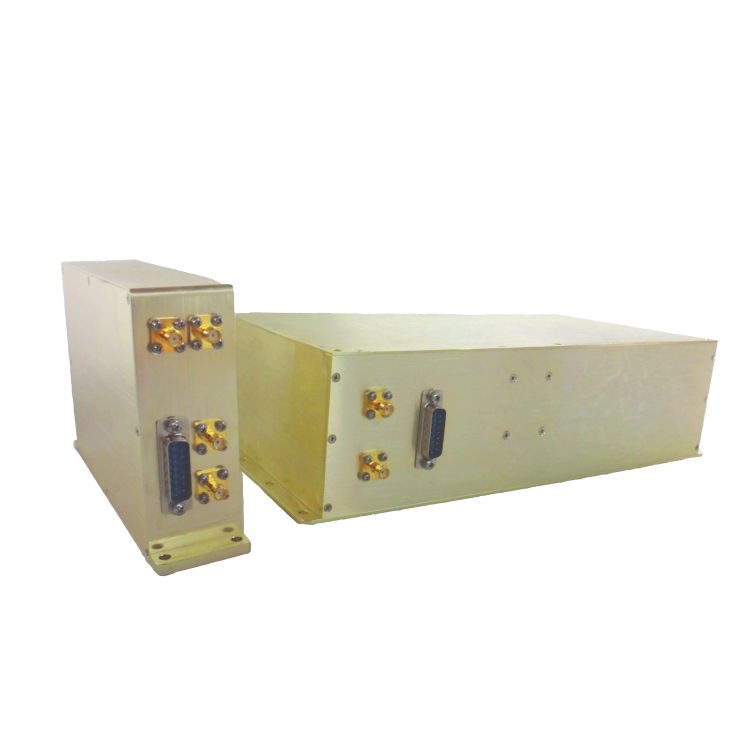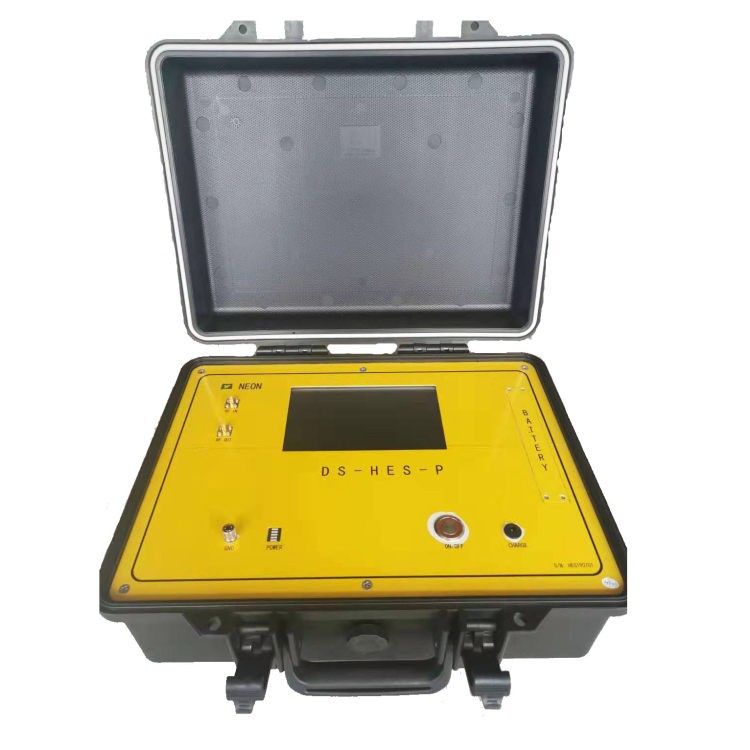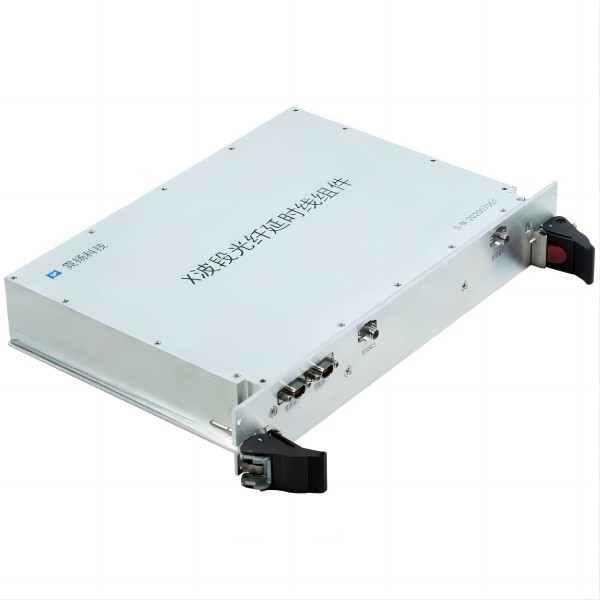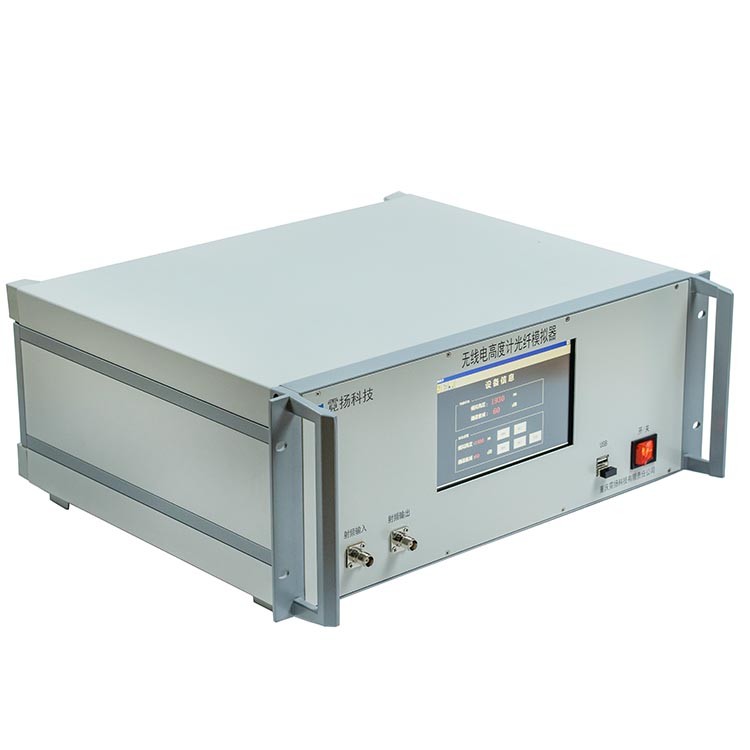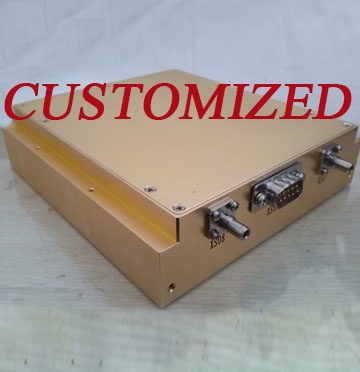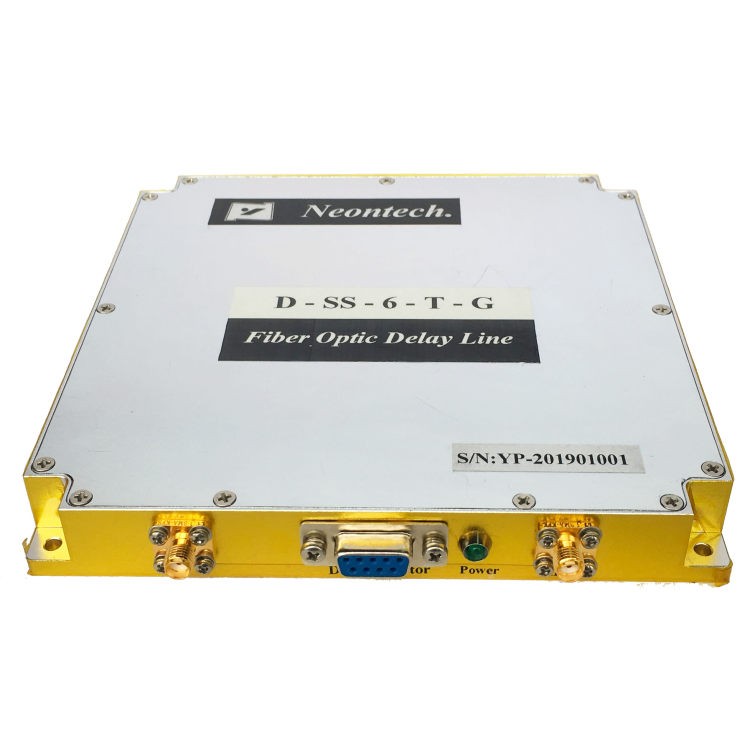Enhancing Performance: Key Factors Influencing Variable Optical Delay Line and Optical Simulator
Variable Optical Delay Line (VODL) & Optical Simulators play a crucial role in optical systems, enabling precise control and simulation of optical delays. The performance of these devices is influenced by various factors that impact their functionality, accuracy, and versatility. By understanding and optimizing these factors, researchers and engineers can achieve enhanced performance in optical simulations and experiments.
Here are 10 factors that may influence variable optical delay line & optical simulators performance:
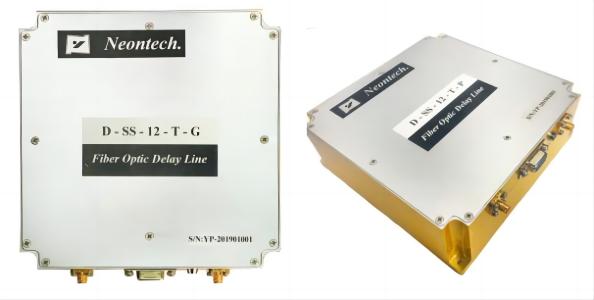
Design and Construction
The design and construction of VODL and Optical Simulators are paramount to their performance. The quality of optical components, including lenses, mirrors, and fibers, directly affects the overall system performance. Optimal alignment accuracy ensures proper light propagation and minimizes signal degradation. Additionally, mechanical stability is vital to maintain the alignment and integrity of the optical components, preventing any unwanted shifts or vibrations.
Optical Loss
The amount of optical loss introduced by the VODL and Optical Simulator components significantly affects signal quality and power levels. Minimizing optical losses is crucial for preserving the fidelity of the simulated optical signals. This can be achieved by using high-quality components with low insertion loss and optimizing the design to minimize reflections and scattering. Reducing optical losses improves the signal-to-noise ratio and enables accurate simulations.
Delay Range and Resolution
The range and resolution of the variable delay provided by the VODL are essential factors for optimal performance. The delay range should cover the required time span for specific applications, enabling a wide variety of experiments. Moreover, the finer resolution allows for precise control and measurement of delay times, enhancing accuracy in simulations and experiments. A broader delay range and finer resolution increase the flexibility and adaptability of the VODL and Optical Simulator.
Wavelength Range
The ability of the VODL and Optical Simulator to operate across a broad wavelength range is crucial. Different applications may require specific wavelengths, and having compatibility with various wavelengths enhances the versatility of the system. By supporting a wide range of wavelengths, researchers and engineers can explore different optical systems and conduct experiments with greater flexibility.
Polarization Dependence
Polarization-dependent behavior can impact the performance of VODL and Optical Simulator systems. The variation in performance based on the polarization state of the light can introduce inconsistencies and errors in simulations. Minimizing polarization dependence is essential to ensure consistent and reliable results. Designing and implementing polarization-independent components and configurations can mitigate the impact of polarization on system performance.
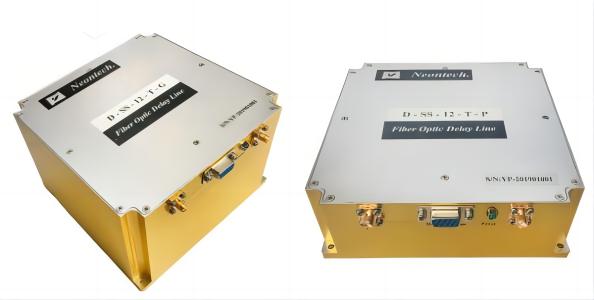
Speed and Response Time
The speed and response time of the VODL and Optical Simulator is vital, particularly in applications involving dynamic optical systems or rapid adjustments. Faster response times enable real-time control and seamless integration with high-speed optical networks. Reduced response times facilitate quick changes in delay values, allowing researchers to adapt and optimize their experiments in real time.
Noise and Interference
The presence of noise and interference can degrade the performance of VODL and Optical Simulator systems. Unwanted noise and interference can distort the optical signals and affect the accuracy of simulations. To mitigate these issues, it is crucial to employ high-quality components, adequate shielding, and appropriate signal processing techniques. Minimizing noise and interference improves the overall signal integrity, leading to more accurate and reliable simulations.
Control Interface
The control interface of the VODL and Optical Simulator is an important aspect of their performance. A well-designed control interface enhances usability and versatility, allowing researchers and engineers to intuitively operate and control the system. The interface should provide precise control over delay settings and integration options with other optical systems or software, facilitating seamless integration into larger experimental setups.
Environmental Factors
Environmental conditions, such as temperature and humidity, can impact the performance of the VODL and Optical Simulator. Fluctuations in temperature can affect the refractive index of optical components, leading to deviations in delay values. Similarly, changes in humidity can introduce moisture and condensation, potentially causing damage to sensitive optical elements. To ensure optimal performance, it is essential to consider these environmental factors and implement proper environmental control or compensation mechanisms. This can include temperature stabilization, humidity control, and appropriate sealing to protect the system from adverse environmental conditions.
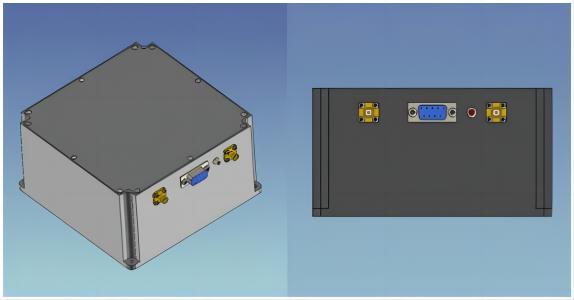
Calibration and Maintenance
Regular calibration and maintenance are necessary to sustain the optimal performance of the VODL and Optical Simulator. Calibration ensures accuracy in delay measurements and compensates for any drift or changes in the system over time. Maintenance activities, such as cleaning optical components, inspecting connections, and replacing worn-out parts, help identify and address performance issues or component degradation. By adhering to a regular calibration and maintenance schedule, researchers and engineers can ensure consistent and reliable performance of the VODL and Optical Simulator.
Conclusion
Achieving high-performance levels in Variable Optical Delay Line and Optical Simulator systems requires careful attention to several influencing factors. The design and construction, optical losses, delay range and resolution, wavelength compatibility, polarization dependence, speed, and response time, noise and interference mitigation, control interface, environmental factors, and calibration and maintenance all contribute to the overall performance of these systems. By optimizing these factors, researchers and engineers can enhance the precision, accuracy, and versatility of the VODL and Optical Simulator, enabling more reliable and effective optical simulations and experiments. As technology advances and the demand for advanced optical systems grows, the understanding and optimization of these performance factors will continue to play a vital role in pushing the boundaries of optical research and applications.


